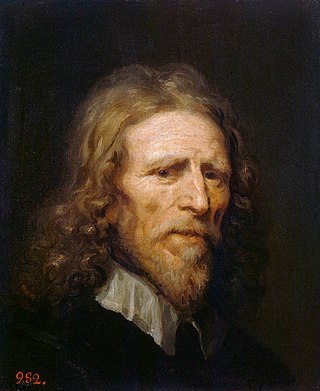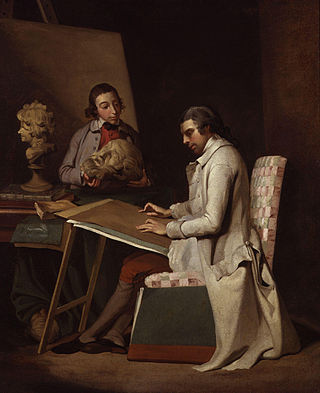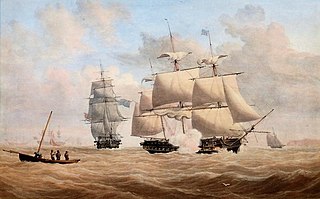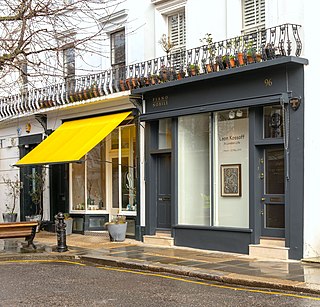
Doris May Lessing was a British novelist. She was born to British parents in Iran, where she lived until 1925. Her family then moved to Southern Rhodesia, where she remained until moving in 1949 to London, England. Her novels include The Grass Is Singing (1950), the sequence of five novels collectively called Children of Violence (1952–1969), The Golden Notebook (1962), The Good Terrorist (1985), and five novels collectively known as Canopus in Argos: Archives (1979–1983).

George Vertue was an English engraver and antiquary, whose notebooks on British art of the first half of the 18th century are a valuable source for the period.

Joseph Stannard was an English marine, landscape and portrait painter. He was a talented and prominent member of the Norwich School of painters.

John Peter Berger was an English art critic, novelist, painter and poet. His novel G. won the 1972 Booker Prize, and his essay on art criticism Ways of Seeing, written as an accompaniment to the BBC series of the same name, was influential. He lived in France for over fifty years.
The Society of Authors (SoA) is a United Kingdom trade union for professional writers, illustrators and literary translators, founded in 1884 to protect the rights and further the interests of authors. In 2020 membership stood at over 12,000. The SoA is a member of the European Writers' Council.

George Vincent was an English landscape painter who produced watercolours, etchings and oil paintings. He is considered by art historians to be one of the most talented of the Norwich School of painters, a group of artists connected by location and personal and professional relationships, who were mainly inspired by the Norfolk countryside. Vincent's work was founded on the Dutch school of landscape painting as well as the style of John Crome, also of the Norwich School. The school's reputation outside East Anglia in the 1820s was based largely upon the works of Vincent and his friend James Stark.

Houghton Hall is a country house in the parish of Houghton in Norfolk, England. It is the residence of the 7th Marquess of Cholmondeley.
David Dabydeen FRSL is a Guyanese-born broadcaster, novelist, poet and academic. He was formerly Guyana's Ambassador to UNESCO from 1997 to 2010, and was the youngest Member of the UNESCO Executive Board (1993–1997), elected by the General Council of all Member States of UNESCO. He was appointed Guyana's Ambassador Plenipotentiary and Extraordinaire to China, from 2010 to 2015. He is one of the longest serving diplomats in the history of Guyana, most of his work done in a voluntary unpaid capacity. He is a cousin of Guyana-born Canadian writer Cyril Dabydeen.

Abraham van der Doort was a Dutch artist. As Keeper of Charles I's art collections, he was the first Surveyor of the King's Pictures.

John Hamilton Mortimer was a British figure and landscape painter and printmaker, known for romantic paintings set in Italy, works depicting conversations, and works drawn in the 1770s portraying war scenes, similar to those of Salvator Rosa.[I]

Robert Peake the Elder was an English painter active in the later part of Elizabeth I's reign and for most of the reign of James I. In 1604, he was appointed picture maker to the heir to the throne, Prince Henry; and in 1607, serjeant-painter to King James I – a post he shared with John De Critz.

Isaac Sailmaker was an etcher and marine painter of the Baroque period, who had a long career in England. He was referred to in contemporary books and journals as "the father of British sea painting", but was eclipsed by his contemporaries, the Dutch marine painters Willem van de Velde the Elder and his son Willem van de Velde the Younger, who for a period dominated the London market. Sailmaker was commissioned by the English Lord Protector, Oliver Cromwell, to paint the English fleet at Fort-Mardyck.

Paget Jackson Toynbee, FBA was a British Dante scholar. Robert Hollander has described Toynbee as 'the most influential Dantean scholar of his time'.

Violet Helen Evangeline Teague was an Australian artist, noted for her painting and printmaking.

Richard Harold Wendorf is an American and British art historian, literary critic, and museum and library director. He served as the director of the American Museum & Gardens near Bath, England from January 2010 until his retirement in December 2021.

Johann Heinrich Müntz (1727–1798) was an Alsatian-Swiss painter and architect, known when working in England as John Henry Muntz. He was in England for seven years, and at the heart of a group trying to adapt the rococo to architecture and interior design. He has been seen as a pioneer of the Gothic Revival.

John Thirtle was an English watercolour artist and frame-maker. Born in Norwich, where he lived for most of his life, he was a leading member of the Norwich School of painters.

The brothers John Cantiloe Joy, and William Joy, were English marine artists, who lived and worked together. They belonged to the Norwich School of painters, considered to be a unique phenomenon in the history of British art and the most important school of painting of 19th century England.

David Hodgson was a professional English painter of landscapes and an active member of the Norwich School of painters. He was the son of the amateur artist Charles Hodgson, whom he accompanied on a tour of Wales in 1805, when he was seven. He was taught art by John Crome at Norwich Grammar School.

Piano Nobile is a commercial art gallery in London, England, specialising in twentieth-century British art. It was established by Dr Robert Travers at premises in Richmond in 1985. In 2000, the gallery moved to its current address at 129 Portland Road, London. In 2019, an additional gallery space was acquired at 96 Portland Road. Between 2008 and 2019, the gallery also had an exhibition space at Kings Place in King’s Cross.

















